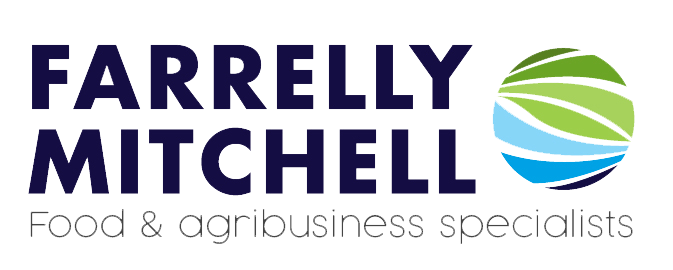Nanotechnology in agriculture has generated a lot of interest over the last decade aided by an abundance of public funding for research and development. The global agricultural nanotechnology market is growing strongly and is forecast to reach $US 256 billion by 2030 from $US 120 billion in 2020 (CAGR 16.65%). The European Commission has identified nanotechnology as one of the six “Key Enabling Technologies” to contribute to sustainable competitiveness and growth.
Nanotechnology has been widely applied to areas like medicine, medical drugs, catalysis, energy and materials in recent years, but how might it apply to agriculture?
In this article we examine what nanotechnology is and how it can help to transform agriculture. We also consider why its application to agriculture has lagged behind compared to other sectors.
What is nanotechnology?
Nanotechnology is the science of tiny objects of only a few nanometres. Objects of this size acquire unique properties. For example, the surface area of many nanoscale particles is enormous compared to a single object of the same total mass. Varying the size and other properties provides the ability to create precision surfaces with highly customized properties. Nanomaterials can provide alternative solutions to control plant pests including insects, fungi and weeds.
Nanotechnology and agriculture
The potential agricultural uses of nanotechnology include:
- Nano-formulations of agrochemicals for precision application of pesticides and fertilisers;
- Nano-sensors to identify diseases and detect agrochemical residues
- Applications in genetic engineering;
- Animal health, animal breeding, poultry production;
- Postharvest management.
Using nanoparticles in agricultural chemicals
Traditionally, applying chemicals involves mixing active ingredients in water before spraying on crops. But the ingredients often do not mix easily, making this an inefficient process that requires enormous quantities of water. To improve efficiency and reduce the environmental impact of chemical inputs, fertilizers and pesticides should ideally be applied to the precise area they are needed — into the roots or leaves.
Custom-made nanoscale systems use precision chemistry to achieve high-efficiency delivery of fertilizers or pesticides, reducing application rates. Active ingredients can be encapsulated in a similar way to targeted drug delivery, allowing for lower use of active ingredients. Other potential applications include seed nano-priming to enhance germination and seedling establishment.
Are there downsides to Nanotechnology?
Nanoparticles have new characteristics or different physicochemical properties compared to normal chemicals. That is what makes nanoparticles attractive from a technological point of view, however, these new properties have also led to safety concerns. The global organic standards body IFOAM favours a moratorium on the commercial use of nanotechnology until it can be proved to be safe.
In the recent past other emerging technologies in agriculture such as genetic modification have faced consumer resistance – so will the same happen with nanotechnology? This will depend on perceptions of the risks and benefits associated with the technology, along with ethical concerns related to the environmental impact or animal welfare.
Consumer attitudes to nanotechnology are uncertain. Recent survey work within the EU confirms that concerns often correlate with a lack of awareness. People who are more informed about nanomaterials tend to be less concerned about the safety of using them.
There is always a risk that a high-profile food safety incident could harden consumer views on the acceptance or rejection of nanotechnology products. Good legislation and efforts to strengthen public awareness and acceptance of novel nano-enabled food and agriculture products will help the sector.
How is Nanotechnology currently being utilised in agriculture?
Research on agricultural nanotechnology has been ongoing for over a decade. A few smaller companies have launched nanotechnology products like soil-enhancers that promote even water distribution, enabling water savings.
The commercialisation of these products has been small scale to date due to high development costs. In the medical or pharmaceutical sectors development costs can be covered by high returns which may not be as easily achieved in agriculture.
Nanotech discoveries have so far been confined to the academic sector or small enterprises. That being said, the number of patent applications (mainly from agrochemical companies) is beginning to grow. Applicants are actively patenting and keeping broad patent claims to secure future rights to exploit the technology in the event of more promising commercial developments.
Nanotechnology investment potential
As it stands, there are few commercial examples of nanotechnology in agriculture due to high development costs, legislative barriers and uncertainty over consumer acceptance. However, nanotechnology has enormous potential to help contribute to agricultural efficiency and the transformation towards more sustainable food production, and it remains to be seen whether it will have a bigger role to play in this regard.
If you would like support in identifying uncertainties around your potential agribusiness investment target, Farrelly Mitchell can help you make informed growth decisions. We hold deep knowledge on the latest in agtech, foodtech, and digitalisation throughout the industry, and we leverage this knowledge to provide crucial insights and recommendations to our clients. Through our due diligence, feasibility studies, and risk management services, we can thoroughly assess the opportunities and risks associated with your investments and ensure you extract the maximum value from your business ventures. To learn more, get in touch today.














